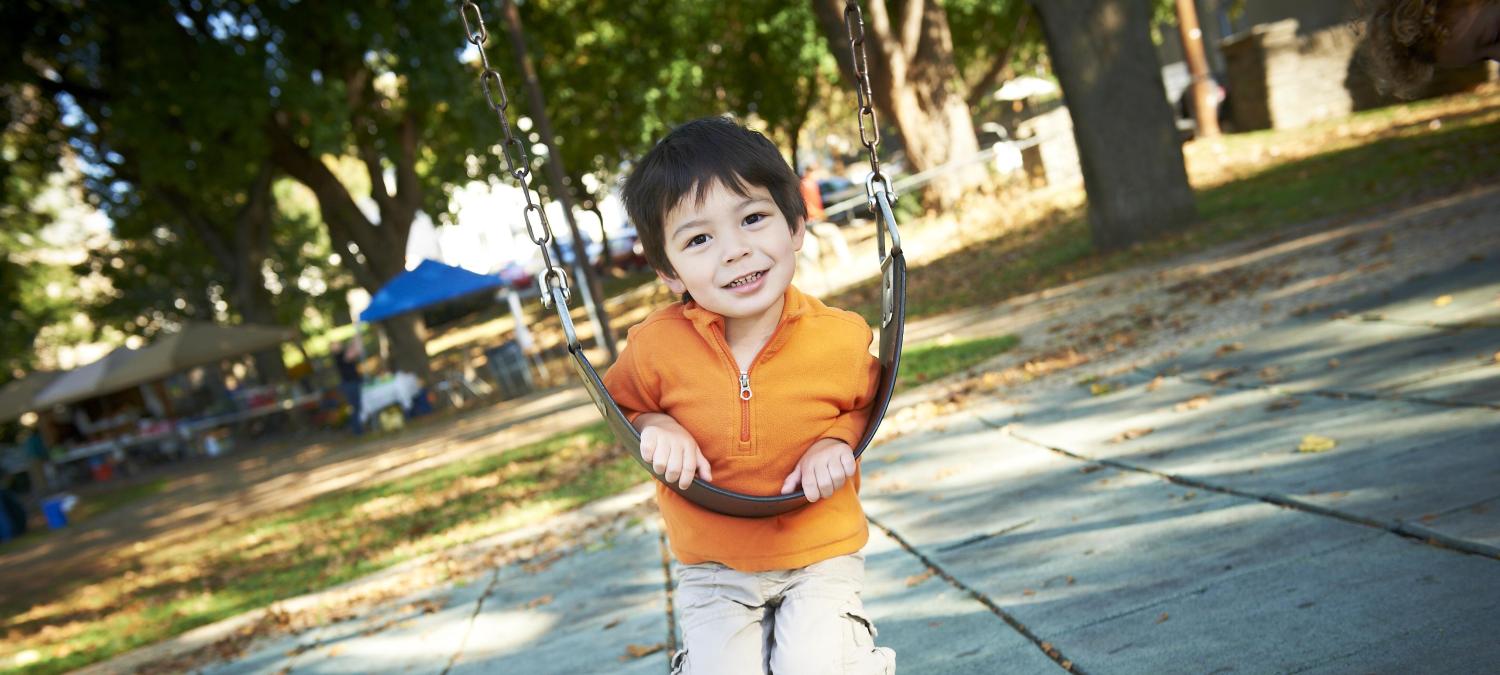

Publications
Search Tips
- Dec 2024
To create equitable programs and policies, the perspectives of populations who prefer a non-English language must be prioritized. However, guidelines are scarce for conducting language-inclusive clinical research, and limited transparency exists among multilingual studies about the…
- Dec 2024
Childhood behavioral problems are common; despite evidence that parenting interventions improve outcomes, the use of these programs is limited. Virtual delivery may ameliorate attendance barriers, but little is known on the acceptability and feasibility of virtual group parenting…
- Dec 2024
Study objective: Menstrual inequity-unequal access to menstrual health care or products-negatively affects well-being in relation to the menstrual cycle, a construct known as menstrual health. Few studies have explored menstrual inequities among adolescent and young adult…
- Dec 2024
Although every youth in pediatric/adolescent HIV care will need to transition to adult-oriented care, there are no existing evidence-based interventions to optimize health through this process. Healthcare transition poses a persistent challenge to the health of youth living with HIV,…
- Dec 2024
Nearly 1 in 5 families with children in the United States are food insecure. Hospitalization of a child can exacerbate food insecurity, both during the hospitalization and after discharge. Although some hospitals provide free or subsidized meals during hospitalization, few address food…
- Nov 2024
The opioid crisis continues to take lives and cause harm to both individuals and communities throughout the US, including children. There have been many efforts across many settings to reduce the toll of opioid-associated harm in our society. One such effort is the prescribing of…
- Nov 2024
Background: Medications for opioid use disorder (MOUD) are under-prescribed to adolescents and young adults (AYA). Few published studies have explored challenges to and opportunities to enhance continuous provision of MOUD for AYA. Our report focuses on this emergent theme that…
- Caregiver Perspectives on Pediatric Primary Care Clinic-based Food and Nutrition Assistance ProgramsNov 2024
Many pediatric primary care clinics provide food resources to support their patients' health and well-being. We aimed to explore families' perspectives regarding clinic-based food resources through interviews with caregivers of pediatric patients at two academic primary care clinics…
- Nov 2024
Adolescents experiencing homelessness are particularly susceptible to period poverty (the inability to consistently access menstrual hygiene products), which negatively affects their education.
- Nov 2024
LGBTQ+ youth are more likely to experience depression and thoughts and attempts of suicide than their cisgender, heterosexual peers.This Research at a Glance brief highlights research utilizing Children’s Hospital of Philadelphia’s Adolescent Health Questionnaire that found the…